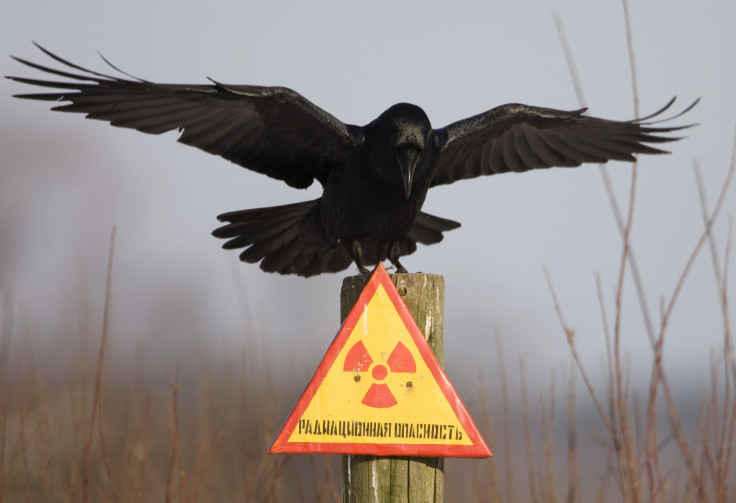Chernobyl Reborn? Ukraine Government Mulls Turning Contaminated Nuclear Wasteland Into Gigantic Solar Farm

Thirty years after a flawed reactor design triggered the world’s worst nuclear disaster in the city of Chernobyl, the Ukrainian government is mulling turning it into one of the world's largest solar farms.
"The Chernobyl site has really good potential for renewable energy," Ukraine’s Environment Minister Ostap Semerak told Bloomberg. "We already have high-voltage transmission lines that were previously used for the nuclear stations, the land is very cheap and we have many people trained to work at power plants."
The Chernobyl disaster in 1986 spewed out huge quantities of the radioisotopes caesium-137 and iodine-131. According to some estimates, the accident released 5,300 PetaBecquerels of radiation — nearly 10 times more than the amount released during Japan’s Fukushima disaster in 2011. Although the levels of radiation throughout the 1,000 square mile exclusion zone around the Chernobyl nuclear plant have dropped significantly over the past three decades, the region is still far from habitable.
This means that the land within the exclusion zone is cheap and abundant, making it, according to a Ukrainian government presentation sent to major banks in the country — and seen by the Guardian — perfect for a solar farm.
"There has been a change in the perception of the exclusion zone in Ukraine. Thirty years after the Chernobyl tragedy [it] reveals opportunities for development. A special industrial area is to be created in compliance with all rules and regulations of radiation safety within the exclusion zone," the presentation reportedly stated. "[There are] about 6,000 hectares of idle land, some of which can be used for placement of electrical generation facilities, and some for energy crops."
The European Bank for Reconstruction & Development, which is currently leading the effort to build a gigantic stainless steel "sarcophagus" over the destroyed reactor in Chernobyl, has already indicated that it "may consider participating in the project so long as there are viable investment proposals and all other environmental matters and risks can be addressed to the Bank’s satisfaction."
If the project does take off, it could produce over nearly 1,400 megawatts of renewable energy — more than a third of what the nuclear plant produced 30 years ago — further reducing Ukraine's reliance on Russian natural gas.
© Copyright IBTimes 2024. All rights reserved.












